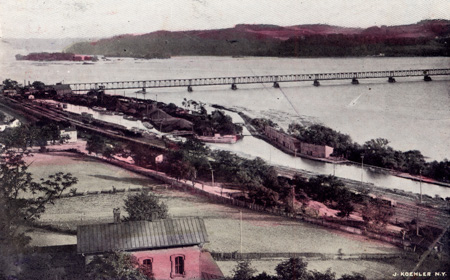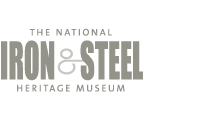Pennsylvania saw its first turnpike system in 1795 through the building of the Lancaster Turnpike, which is still in use in part today (now called the Lincoln Highway). The road stretched from Philadelphia to Lancaster, the first of its kind. Travelers then navigated a series of canals from nearby Columbia, navigating Southern Pennsylvania until they reached Pittsburgh and beyond. In the 1820s, the Pennsylvania State Legislature passed a series of bills accommodating government support for the canal and turnpike system, however, by the time the project came to fruition, hype surrounding the railroad displaced support for the turnpike and a railroad line from Philadelphia to Columbia was suggested instead. A railroad was completed between the two cities in 1834, which was used popularly until another line was completed between Philadelphia and Pittsburgh in 1852.
Canals and Turnpikes
In concert with the Industrial Revolution, canal systems appeared in America in the
late 18th and early 19th century immediately after the American Revolution. As Americans
began to explore the westward frontier, canals and turnpike roads allowed easier navigation
through the rough terrain. Turn pike roads and canal systems were often built in concert
from East to West, where travelers moved by land and on ship on the same travel route.
 |
|
Exhibit Links
Support The Museum


